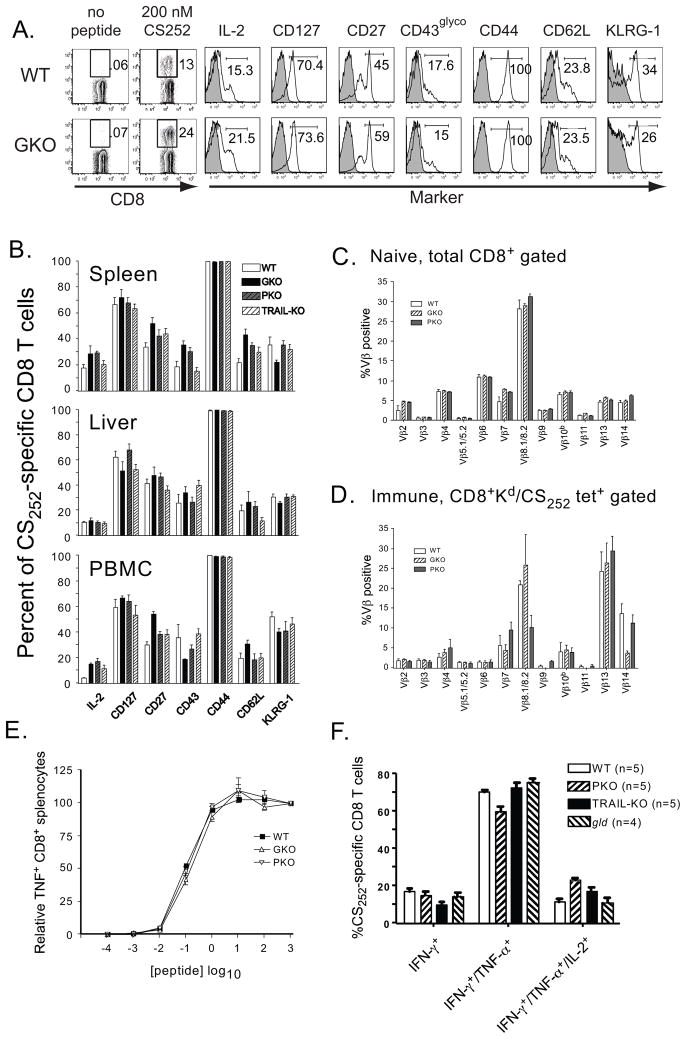Figure 2. Similar phenotypic and functional properties of CS252-260-specific memory CD8 T cells from WT and mutant BALB/c mice following DC-prime, LM-boost immunization.
(A) Gating strategy and cell surface staining histograms for representative WT and IFN-γ−/− (GKO) mice are shown. (B) Summary of phenotypic analyses of CS252-260-specific memory CD8 T cells recovered from spleen, liver and blood of WT and mutant BALB/c mice >80 days post-immunization. Data in B represent analyses of 6–9 individual mice/group from multiple independent experiments. (C) TCR Vβ chain utilization of total splenic CD8 T cells recovered from the spleens of naïve WT and mutant BALB/c mice. Data represent the Mean +/− SD for 3 mice/group. (D) TCR Vβ chain utilization of Kd/CS252-260 tetramer-positive memory CD8 T cells recovered from the spleens of WT, GKO and PKO BALB/c mice 114 days following DC-prime, LM-boost immunization. Data represent the Mean +/− SD for 3 mice/group. (E) Functional avidity of CS252-260- specific memory CD8 T cells recovered from the spleens of the WT, GKO and PKO mice. The concentration of CS252-260 peptide required to elicit the ½ maximal response was determined as described in Materials and Methods. Data represent the Mean +/− SD for 3 mice/group. (F) Polyfunctionality of WT and mutant (IFN-γ-competent) CS252-260-specific memory CD8 T cells. PBMC from the indicated mouse strains were stimulated ex vivo in the presence of CS252-260 peptides. The proportion of single, double or triple positive cytokine-producing cells was determined by Boolean gating using FloJo software. Data represent Mean +/− SD for 7–10 individual mice/strain.

